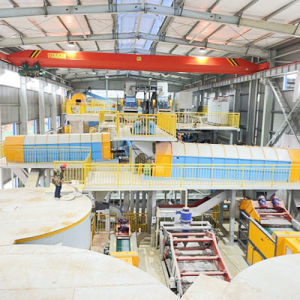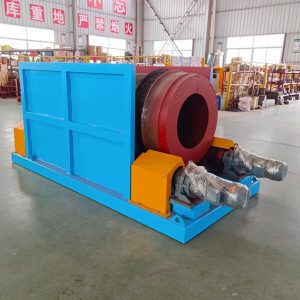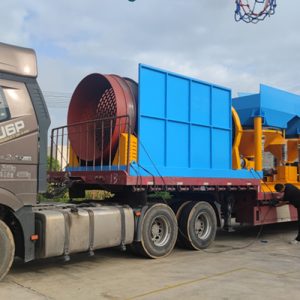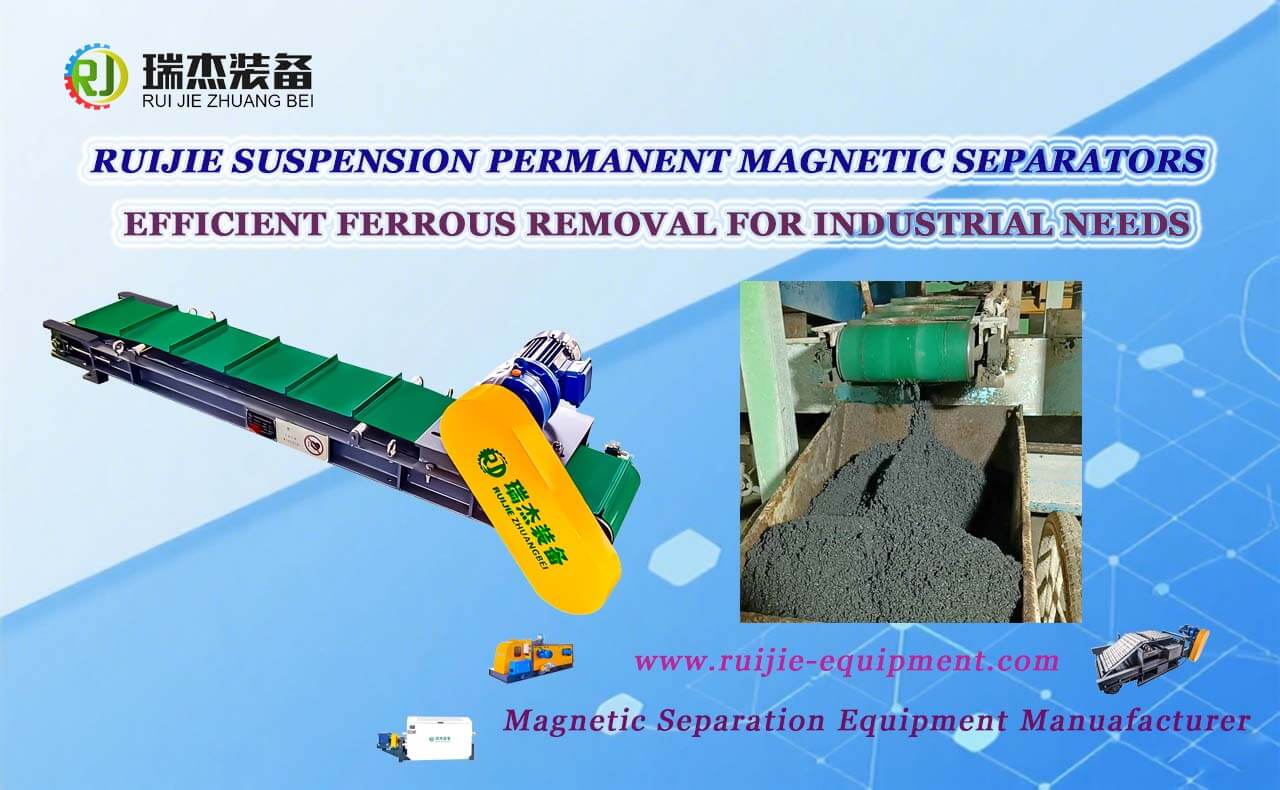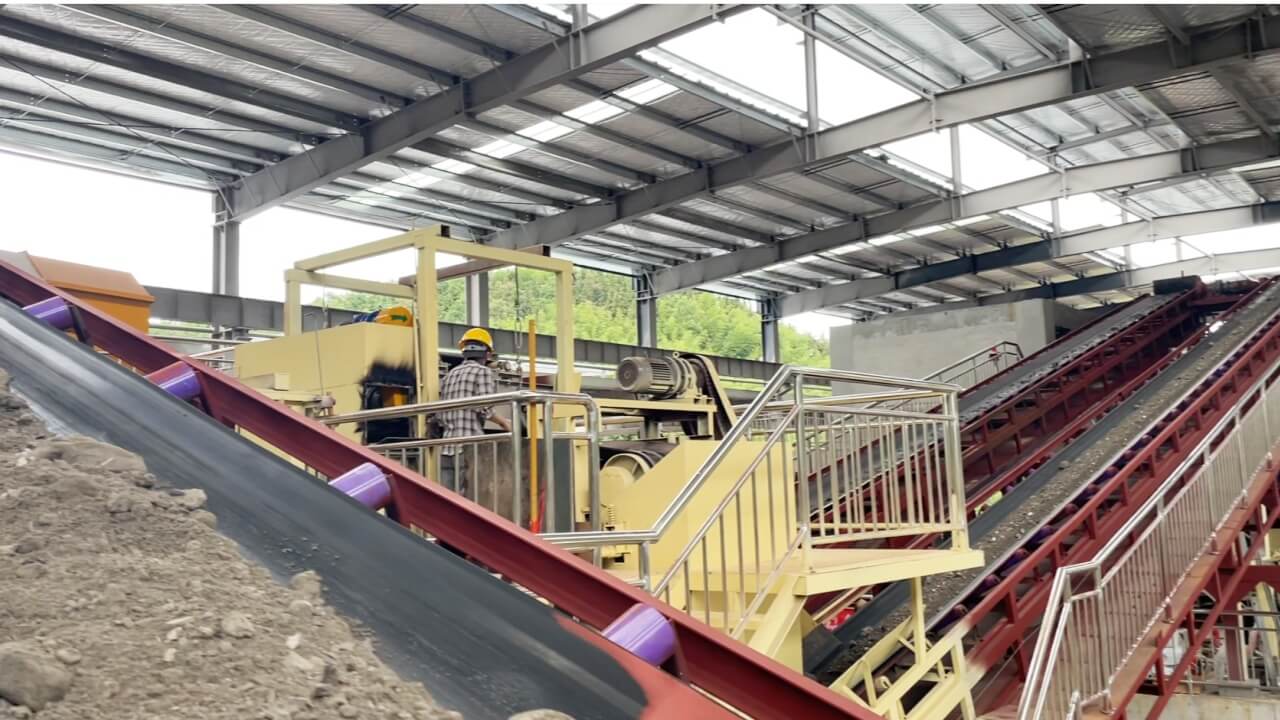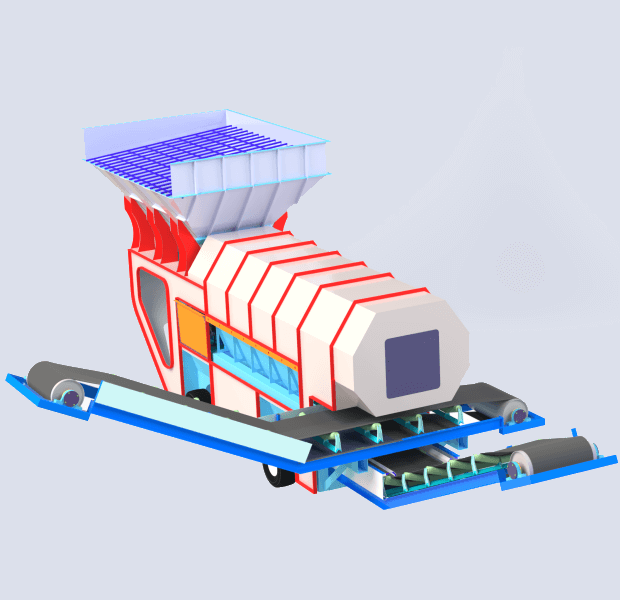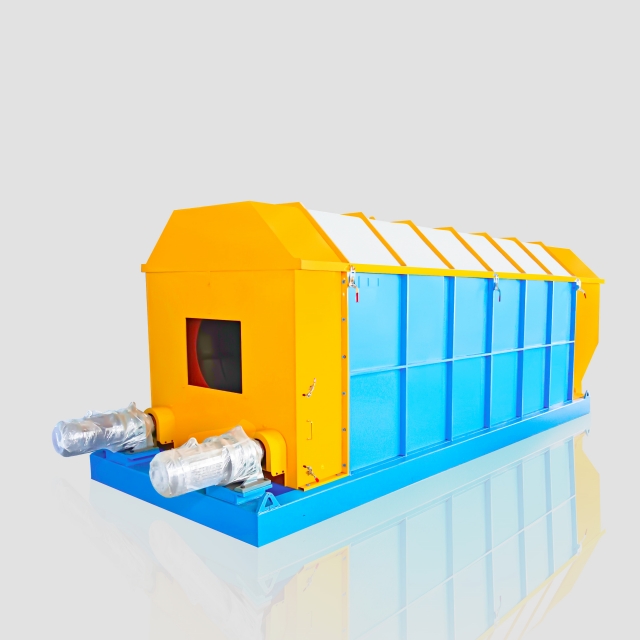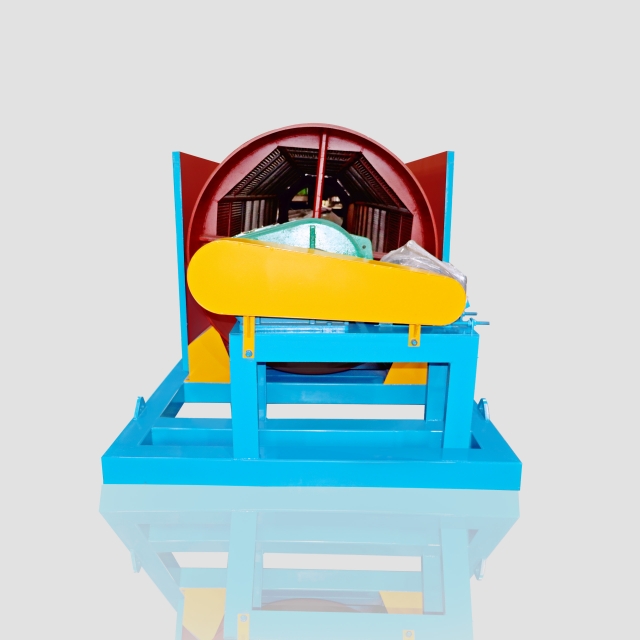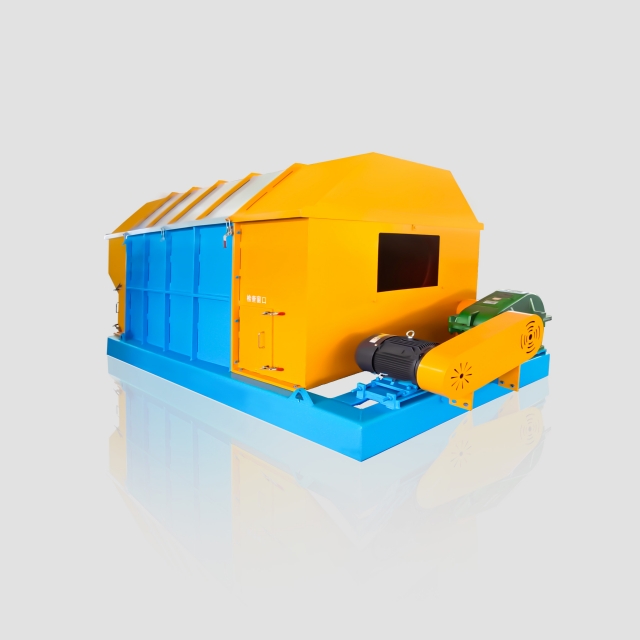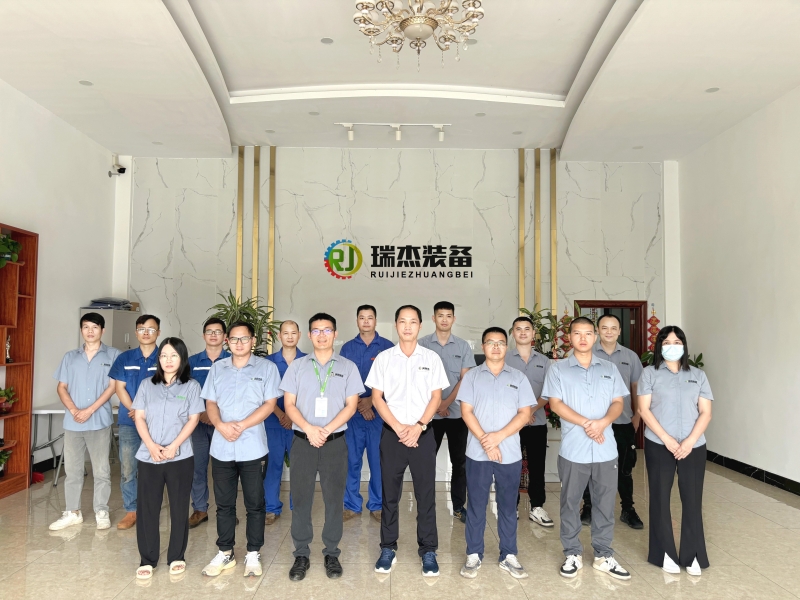Trommel screens are essential machinery in the recycling industry, providing an efficient and effective solution for sorting recyclable materials. These cylindrical, rotating screens are designed to separate materials by size, helping to extract valuable recyclables from waste. In this article, we will provide a detailed explanation of what trommel screens are and how they contribute to the recycling of renewable materials.
What Is a Trommel Screen?
A trommel screen is a specialized machine designed to separate materials based on their size. It features a rotating cylindrical drum with perforations that allow smaller particles to pass through while retaining larger ones. This equipment plays a crucial role in industries such as waste management, mining, and recycling. Its primary purpose is to streamline material sorting processes, improving efficiency and reducing manual labor. Trommel screen sifters are particularly effective for handling bulk materials, ensuring precise separation and consistent output.
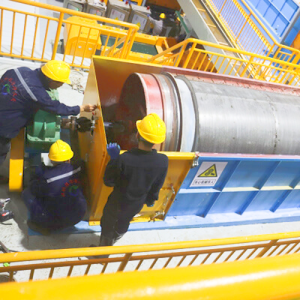
How Do Trommel Screens Work ?
Components of a Trommel Screen
Drum or Cylinder
The trommel drum, also known as the cylinder, is the core component of a trommel screen. It rotates continuously, enabling the separation of materials based on size. The drum’s perforated surface allows smaller particles to pass through while retaining larger ones. Its design varies depending on the application, with some drums featuring interchangeable panels for added flexibility. The durability of the trommel drum ensures consistent performance, even in demanding environments.
Screening Media
The screening media refers to the perforated material or mesh that lines the trommel drum. It determines the size of particles that can pass through. Manufacturers often customize the media to suit specific applications, such as fine compost screening or coarse mineral separation. High-quality screening media enhances efficiency and reduces the risk of clogging during operation.
Drive Mechanism
The drive mechanism powers the rotation of the trommel drum. It typically consists of a motor, gearbox, and chain or belt system. A reliable drive mechanism ensures smooth and consistent drum rotation, which is essential for effective material separation. Regular maintenance of this component minimizes downtime and extends the equipment’s lifespan.
Trommel Screening Process
Material Loading
The trommel screening process begins with material loading. A conveyor belt or loader feeds materials into the trommel drum. Proper loading ensures an even distribution of materials, which improves separation efficiency.
Rotation and Separation
As the trommel drum rotates, materials tumble inside. Smaller particles pass through the perforations, while larger ones move toward the drum’s exit. The rotation speed and drum angle play a significant role in achieving optimal separation.
Output of Sorted Materials
The sorted materials exit the trommel screen through designated outlets. Fine particles collect beneath the drum, while larger materials discharge at the end. This process ensures precise separation and prepares materials for further processing or disposal.
Benefits of Using a Trommel Screen
High Efficiency in Material Separation
Trommel screens excel at separating materials with precision. The rotating drum design ensures consistent sorting by size, allowing industries to achieve high levels of accuracy. This efficiency reduces the need for manual labor, saving time and resources.
The equipment’s ability to handle large volumes of material makes it ideal for operations requiring bulk processing. By automating the separation process, trommel screens enhance productivity and streamline workflows.
Versatility for Various Materials
Trommel screens adapt to a wide range of materials, making them suitable for diverse industries. They can process everything from municipal waste to minerals, organic compost, and construction debris. The customizable screening media allows operators to adjust the machine for specific particle sizes, ensuring optimal performance.
Whether used in mining, agriculture, or recycling, trommel screens provide reliable results. Their ability to sift and sort wet materials further highlights their versatility, especially in environments where moisture content poses challenges for other equipment.
Effective for Wet and Dry Materials
Trommel screens perform well with both wet and dry materials. The rotating drum prevents clogging, even when processing sticky or damp substances. This feature ensures uninterrupted operation and consistent output. For dry materials, the equipment delivers precise separation without generating excessive dust.
Industries benefit from this dual capability, as it eliminates the need for separate machines to handle different material conditions. Trommel screens offer a practical solution for businesses seeking efficiency and adaptability in their operations.
Low Maintenance and Durability
Trommel screens are designed with durability in mind. Manufacturers use high-quality materials to construct these machines, ensuring they withstand harsh working conditions. The robust design minimizes wear and tear, even when processing abrasive or heavy materials. This durability reduces the frequency of repairs, allowing operators to focus on their tasks without interruptions.
The simplicity of the trommel screen’s design also contributes to its low maintenance requirements. The rotating drum mechanism operates efficiently with minimal moving parts. Fewer components mean fewer chances of mechanical failure. Routine maintenance tasks, such as cleaning the drum and inspecting the drive mechanism, are straightforward and quick to perform. This ease of maintenance saves time and reduces operational downtime.
Operators can further enhance the lifespan of their trommel screens by using interchangeable screening media. These replaceable panels allow users to adapt the machine to different materials without overloading the system. Regularly replacing worn-out parts ensures consistent performance and prevents costly breakdowns.
Cost-Effective Operations
Trommel screens offer a cost-effective solution for material separation. Their high efficiency reduces the need for manual labor, which lowers operational costs. By automating the sorting process, businesses can allocate their workforce to other critical tasks, improving overall productivity.
The energy-efficient design of trommel screens also contributes to cost savings. The rotating drum requires less power compared to other screening equipment, making it an economical choice for long-term use. Additionally, the machine’s ability to handle large volumes of material in a single operation reduces processing time, further cutting expenses.
The versatility of trommel screens adds to their cost-effectiveness. Industries can use the same machine for various applications, such as waste management, mining, and composting. This adaptability eliminates the need to invest in multiple machines, maximizing the return on investment.
Applications in Recycling and Waste Management
Trommel screens are widely used in industries to help manage and recycle renewable resources like glass, plastic, metal, and stone/sands. These machines separate materials based on size, improving the efficiency of the sorting and recycling processes.
1. Mining Industry
In the mining industry, trommel screens are used to sort and separate materials like stones, sand, and ores. These machines help identify and grade the right size materials for further processing. By quickly separating large materials, trommel screens make mining operations more efficient and help produce high-quality aggregates for construction or further processing.
Construction Waste
Construction and demolition projects produce a lot of waste, including metals, plastics, and sand/stone. Trommel screens help separate these materials quickly and effectively. By sorting through construction debris, they make it possible to recycle valuable materials, reducing waste and promoting sustainability in construction practices.
Environmental Remediation
Trommel screens are also useful in environmental remediation projects. When dealing with contaminated soil, these screens separate useful materials like glass, plastic and metals from contaminants. This helps ensure that the soil can be safely returned to the environment or used for other purposes, while valuable materials are recovered for reuse.
Waste Management and Landfill Operations
Waste management facilities use trommel screens to sort through mixed waste, separating recyclable materials from non-recyclable items. This process ensures that renewable resauces are diverted from landfills and sent to the right processing facilities, supporting a more sustainable waste management system.
Partner With RUIJIE for Your Renewable Materials Sorting Solutions
At RUIJIE, we specialize in providing high-quality trommel screens that help industries effectively sort renewable materials such as glass, plastic, metal, stone and sands. Our advanced sorting solutions are designed to improve efficiency, reduce waste, and support sustainable practices across a variety of industries. We offer customized trommel screen solutions tailored to meet the unique needs of your business.
Our trommel screens include:
- Dual-motor Shaftless Trommel Screen
- Central Shaft Trommel Screen
- Single-motor Geared Shaftless Trommel Screen
Contact us today to learn more about how our trommel screens can optimize your sorting processes and help your business thrive in a circular economy.

